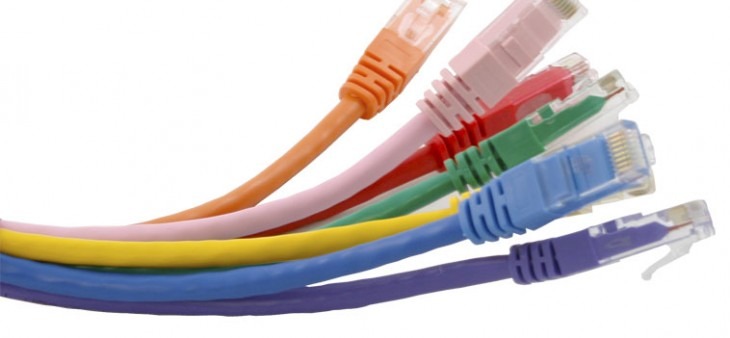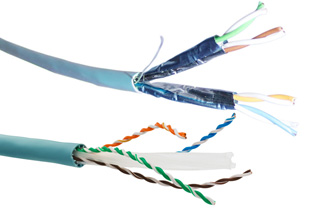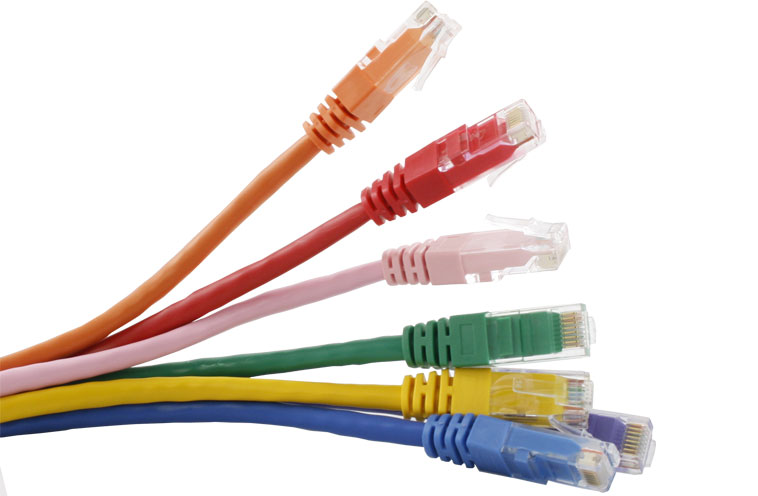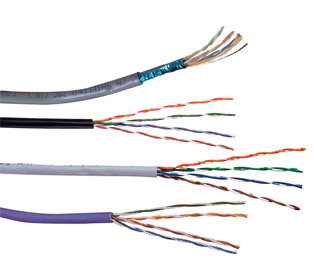
Confused by the jungle of network cables? Fear not! This guide unravels the mysteries, from choosing the right type for your needs to understanding their superpowers. Dive in and conquer your network cable woes!
Key Takeaways:
- Twisted-pair cables rule the LAN kingdom, with patch leads as their loyal subjects, routing signals between devices.
- Choosing the right network cable depends on your needs: speed, distance, and budget are your trusty advisors.
- Unshielded for budget-friendly connections, shielded for noisy environments, and fiber optic for blazing-fast speeds – pick your cable wisely!
Q: What are the different types of network cables and how to choose the right one?
A: Network cables come in various flavors, each suited for specific needs. Twisted-pair cables, like Cat5e and Cat6, are common for LAN connections, offering good speeds at affordable prices. Patch leads, their shorter cousins, connect devices and route signals within your network. Shielded cables combat signal interference, while fiber optic cables reign supreme for ultra-fast data transfer over long distances.
Consider your speed, budget, and environment when choosing your network cable – the perfect match awaits!

Twisted Pair Ethernet Cables for Affordable LANs
Twisted pair cables come in shielded and unshielded versions and are widely used for cost-effective Local Area Network (LAN) connections. The twisting of the wires provides protection against electromagnetic interference (EMI) and radio frequency interference (RFI), helping maintain signal integrity. To prevent signal loss, twisted pair cables must be installed with compatible components like modules and connectors.
Ethernet cables with twisted pair wiring are commonly utilized to connect computers in LAN configurations. Different categories of twisted pair Ethernet cables support specific data transmission speeds, including 10 Mbit/s (10BASE-T), 100 Mbit/s (100BASE-TX), and 1 Gbit/s (1000BASE-T). CAT5, CAT5e, and CAT6 are common twisted pair cable types used for Ethernet networks. Server cabinets and patch panels help organize expansive commercial cabling systems.

Patch Leads Connect Communication System Components
With fitted connectors on each end, patch leads enable connections between various devices, routing signals from a computer to a router or switch, for example. Also called patch cables or cords, patch leads are used for telephone, audio, video, and LAN applications. These cables come in a range of colors and lengths for identification and organization purposes. The patch lead will securely connect components or efficiently route signals through a patch panel or switch.
Contact Comms Express for further networking assistance.
Intended for permanent installations, Solid Core Cable utilises a single solid wire for each conductor with eight sold wires being found in a four pair cable. At Comms Express we have a vast range of Solid Core Cables in stock including Cat5e, Cat6, Cat6A & Cat7A. Our Solid Core Cable also comes in PVC, LSOH & External (PE) Cable sheaths with unshielded (UTP) & Shielded (FTP) variants. You will find bulk cable from some of the biggest brands in the industry including Excel, Lindy, Ubiquiti & our very own low cost branded cable ‘CE’ with Multi-Buy Discounts available.
We also have great offers & discounts on Modules, keystone jacks, Patch Leads and Cable Clips when added to your cable order. Buy online today and receive Free Delivery as standard.
 |
View our large range of Bulk Cat5e Cable available online with Free Delivery & Mult-Buys discounts also available. Our Cat5e Cable includes UTP & Shielded, PVC & LSOH Bulk Cable covering from 100mt to 305mt. Brands available include Ubiquiti, Excel and Comms Express’s own brand of Cat5e Cable ‘CE’.
|
